Point Blank V is for Victory
by
Lock 'N Load Publishing
"I'm here, I'm here! Let the bells ring out and the banners fly! Feast your eyes on me! It's too good to be true, but I'm here! I'm here!"
(If you do not get the reference, I am sorry for your cloistered childhood)
The fighting that occurred in western and northern Europe in 1944-1945 has had many games designed around it. D-Day has been especially covered by games at all levels and in all sizes. Point Blank V is for Victory is a new tactical game based upon the Allied and German troops that fought in the entire campaign. The game is meant for either one or two players. It does come with a solo 'bot' if you will. So, when playing it solo you do not have to try and be on both sides of the table. Let us take a look in the box and see if we are stuck in the hedgerows or gunning our tank in open fields.
 |
| All of the decks stow away beautifully |
This is from Lock 'N Load Publishing:
"Point Blank is a tactical squad infantry card game set in World War II Europe and is loosely based on the award-winning Lock ‘n Load Tactical game series. Players do not need not be familiar with any of the Lock ‘n Load Tactical rules to play. Point Blank is designed by Sean Druelinger and is a game that dares to be different, with new game concepts that give a whole new feel to tactical wargaming.
Point Blank V is for Victory is for two players pitted against each other in situational combat scenarios. There is also a solo option as well as partnerships in teams of two. Each scenario presents the players with a unique situation involving squads of men, support weapons, leaders, and individual armored fighting vehicles. The first game in the series will pit the forces of the USA against Germany just after the landings in Normandy (June 1944) through October 1944. Each player has victory conditions determined by the scenario in which to defend or take objectives, seek and destroy their opponent’s units, or one of many other different scenario objectives.
The game is played on an abstract map board made up of terrain cards in the game and managed through a distance system that accounts for the range to targets, line of sight, and defensive attributes. The player has units that start out on the map and gradually work their way towards their objectives by advancing through the battlefield all the while conducting combat actions against their opponent or defending their troops from return fire or whatever hell that awaits them. Players draw cards from a common action deck where they will play actions on their units on the map board. The game is an IGOUGO impulse system and turns are managed when the action deck is exhausted. (Some scenarios may require multiple deck exhaustion to finish the game). Actions in the game consist of Fire, Move, Assault, Rally, etc. The action cards contain dice icons on them to determine random results.
One of the unique features of the game is that it contains a deck of terrain cards that are not part of the action deck. As players change terrain they will draw a terrain card in which their moving units will occupy. Some action cards such as Recon helps players manage what terrain they occupy but your opponent may have other plans for your moving troops during their turn. Two players can play a game in about an hour (depending on the scenario size) and if you cannot find an opponent then try the game solo system.
Point Blank system has been called innovated, realistic, and yet extremely playable, and with solitaire play, and two-player options available we expect you will too."
 |
| Playing 'map' or mat for the cards |
The box that was delivered to me was a very heavy one. I knew enough about the game to know it did not come with mounted maps, so I was wondering why the heft? Well, it turned out to be the cards. You see, I believe there are almost 900 cards that come with the game.
Sean Druelinger, the designer, had done a write up for AWNT a bit ago about the game and himself. He is also the designer for Lock 'N Load's Tactical Series of games. According to him Point Blank is based on that series and the old Avalon Hill game 'Up Front'. I had seen things about Up Front down through the years, but I was not interested at all. At the time I was a very snobbish grognard and was only interested in hexes and hefty rulebooks. I would not play an area movement game, and the thought of cards being added to a hex wargame was an abomination in my eyes. Block games were another genre that would put my teeth on edge. I have now seen the light of these newfangled additions to my beloved hobby. However, this takes it one step further. You do not even need to use the map/mat at all. I believe I have done two different aircraft games that were just cards, but there was no terrain etc. In Point Blank everything is based upon the cards. So, let us see about this strange new animal (at least to me).
 |
| There are a lot more cards there than you probably think. |
This is what comes with the game:
119 x Mini Cards
698 x Poker Cards
1 x 32" x 38" Two Piece Map
1 x Core Rules Manual
1 x Scenario and Module Rules Manual
9 x Double Sided 8.5" x 11" Player Aids
2 x Counter Sheets With Over 160 Counters
2 x 16mm Dice
Executive Producer:
David Heath
Game Design and Development:
Sean Druelinger
Game Art:
Shayne Logan
 |
| Some Cards |
This is the Sequence of Play:
1. Select a Scenario
2. Determine Sides
3. Layout the Battlefield
4. Deploy units
5. Draw Action Cards
2.2.2 Game Phases
1. Upkeep Phase – The phasing player
conducts upkeep tasks.
2. Impulse Phase – The phasing player
may conduct an action. There are
situations that allow more than one
action to occur from the play of a
card that includes multiple actions
or through the execution of a leader’s
Spend action (see Leaders 2.11).
Once a player completes his impulse
play passes to his opponent.
3. Turn End Phase – Check to see if the
Action Card deck has been exhausted.
If so, follow the turn end procedures
before impulse play begins
again.
4. Victory Conditions Check – Check
to see if you have won the scenario
before impulse play begins again.
 |
| Terrain Card |
We will start out discussing the cards that come with the game. As mentioned, there are nearly 700 of the larger cards in six decks. The information needed to play on the cards is huge. These cards will have all your men and larger military equipment, such as: tanks, squads, anti-tank guns etc. They feel just like playing cards do. Then there are 119 mini cards. These encompass commanders, machine guns, PIATs, med kits etc. Even though these are smaller, the information on them is just as large as on the larger cards. Both sets of cards have a very nicely done picture of whatever they represent on them. They look like little portraits, especially the faces. The two-piece map is also well done. It is really only a background with muted colors, but it works well with the cards. It is large at 32" x 38" but if you have been a wargamer for any length of time you will have a table that can accommodate it. The counters are used for bookkeeping etc. You can also use the counters on the cards instead of using the map. These, like the rest of the game, are oversized and very easy to read. The coloring and design of them are up to the par of all the other components. The Core Rules Manual is ninety-four pages long. However, the type size is also huge (Do you see a pattern here?). The rules go to page seventy-one with the rest being a breakdown of each terrain card and then the Solo Rules. The Scenario and Module Rules Manual comes with twenty scenarios and there is a section on building your own scenarios. At the end of the scenarios are the Campaign Game Rules. Both of the Manuals are in full color and made of glossy paper. There are five Player Aids that are made of hard stock, and they are double-sided. These are also in large type like the rest of the components. These give all the information for playing the game that you would need without having to look through the manual. The next four Players Aids are for playing the game Solo. These rules are done with an easy-to-follow flow chart method. These are also made of hard stock and in full color.
 |
| Some of the Counters |
The cards represent everything you would find on a battlefield in norther Europe during WWII. The Allied cards represent both the U.S. and British and Commonwealth militaries. Here are some examples:
Germans - Marder I, Stug IIIG, Tiger, Panther, truck, halftrack, 75mm anti-tank gun, SS, Heer, and Luftwaffe troops.
Allied - M36, M20, Parachute Squad, Infantry Squads and Half-Squads, Sherman Firefly, Otter, and even a Tetrarch!
The smaller cards show - Satchel Charges, Radios, MG 42, Flame Throwers, and a slew of Commanders.
 |
| Mini Card Commanders |
So, you might be thinking: Is this game a behemoth in both size and rules? To be honest, you do need some table space for the game. In actuality it is an easy to play game, at least once you have the rules set in your head. Lock 'N Load says that most scenarios will take about an hour to play. Except for my first couple of dry runs, this seems to be about right. Playing Solo takes a bit longer, but it does in any game that has solo rules built in. The flow chart method for Solo Play does make it a lot easier to follow and play. I think that Solo Play should be included in most games. That way you can play your favorite game of the hour without having to round up a friend or more to play it.
As I mentioned. I have never played Up Front nor really ever had an itch to. Many people have compared Point Blank V is for Victory to Up Front and say it is the Up Front for the 21st century. If Up Front was anywhere near as fun to play as Point Blank, I am sorry that my rigidness stopped me from playing it.
I was at first a little put off by not being able to know the terrain in in front and around me. Then I put myself into the mindset of a Squad Leader at the time and it really made sense. You know your objective, at least most of the time, and you know what direction it is on your compass. Often that is about the amount of information you would be given. Oh, you know what could be out there between you and it, but you are only guessing. Unless you are extremely lucky you will not know what enemy force is out there until they open fire. Point Blank brings that guessing and Fog of War front and center. This is not a card game of tactical warfare in WWII. It is a tactical wargame that uses cards for play. There is a large difference. Remember that Point Blank uses a lot of the designer's Lock 'N Load Tactical Series as its bones.
The scenarios all have their own victory conditions. Many times, it is taking control of and holding a specific terrain piece. The turns all revolve around the Action Card deck. When the last Action Card has been played that is the end of that turn. The scenarios run from two, three, and four turns. So, for each turn you would have to use up all of the Action Cards. If you are not used to Lock 'N Load's Tactical Series games, you will have a bit of a learning curve. If you have played any of them the curve will be pretty short. It is not a difficult game to learn. That is, if you can get the idea of the Lines of Sight and movement and transpose that knowledge to the cards laid out on the table. I have played many of Lock 'N Load's Tactical Series games. However, I did have a problem in the beginning but not because of the rules. It was my own brain that was not getting it. Once I talked myself into the fact that the cards were the same thing as counters on a hex map, things went much smoother. I believe this was certainly a case of an old dog trying to learn new tricks.
The game is big in components, and they are also visually striking. The muted colors of even the Rulebook pages gives a real sense of being in the rain, fog, and mud of a real battlefield. The visuals only help with the players immersion. Because the Rulebook is so large in size of type the rules themselves are not that long or hard to learn. There is no need of any die because the Action Cards have die values right on them on in the upper right hand. Yes, luck does have a place in playing the game. However, in any battle of whatever size, there is always some amount of luck. As von Clausewitz wrote:
"The great philosopher of war, Karl von Clausewitz, coined the term: "Friction," he wrote, is "the concept that differentiates actual war from war on paper," those surprising things that happen during wartime that make “even the simplest thing difficult."
 |
| More Terrain Cards |
Thank you Lock 'N Load for letting me take this Maserati out for a test drive. I am now fully convinced that a ground wargame can be played with just cards. Not only that but said game can be totally engrossing for the player. It also helps that the manufacture of the cards etc. are of such a high quality. Great Game, Lock 'N Load. Keep up the good work.
Robert
Lock 'N Load Publishing:
Point Blank V is for Victory:
.jpg)
.jpg)
.jpg)








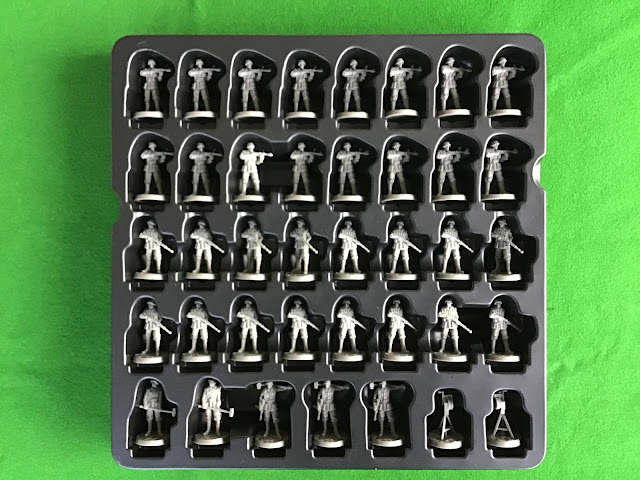






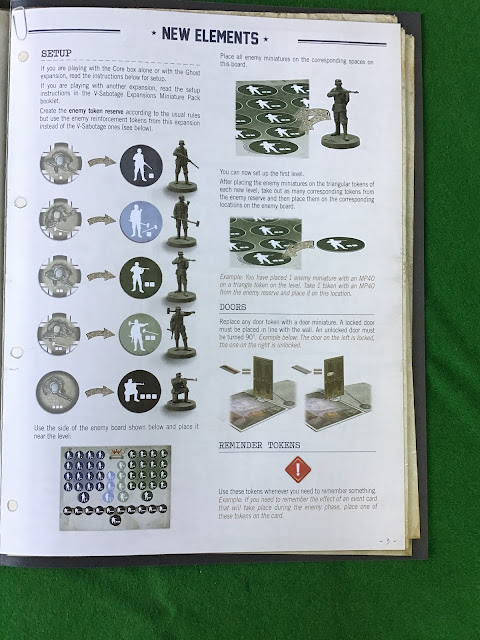

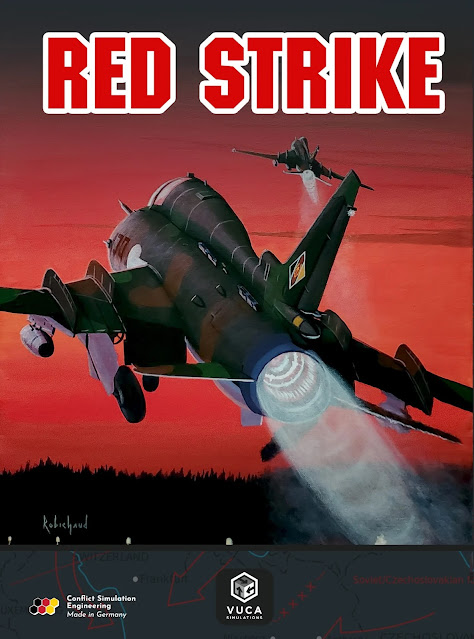


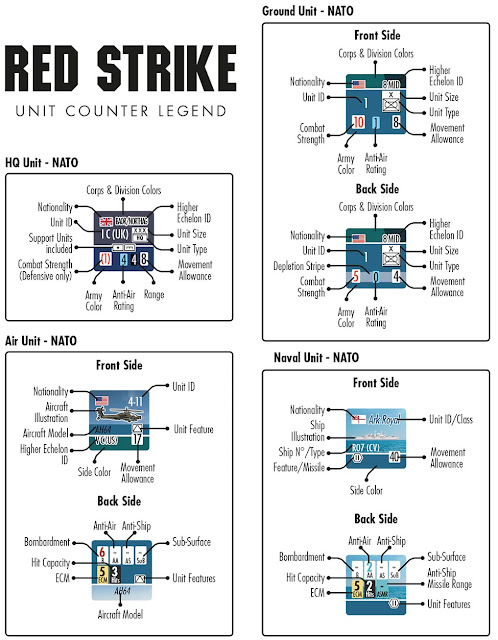
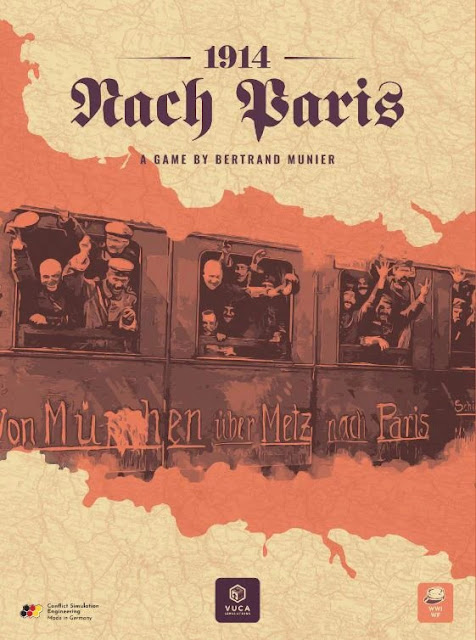










.jpg)
.jpg)








0 comments :